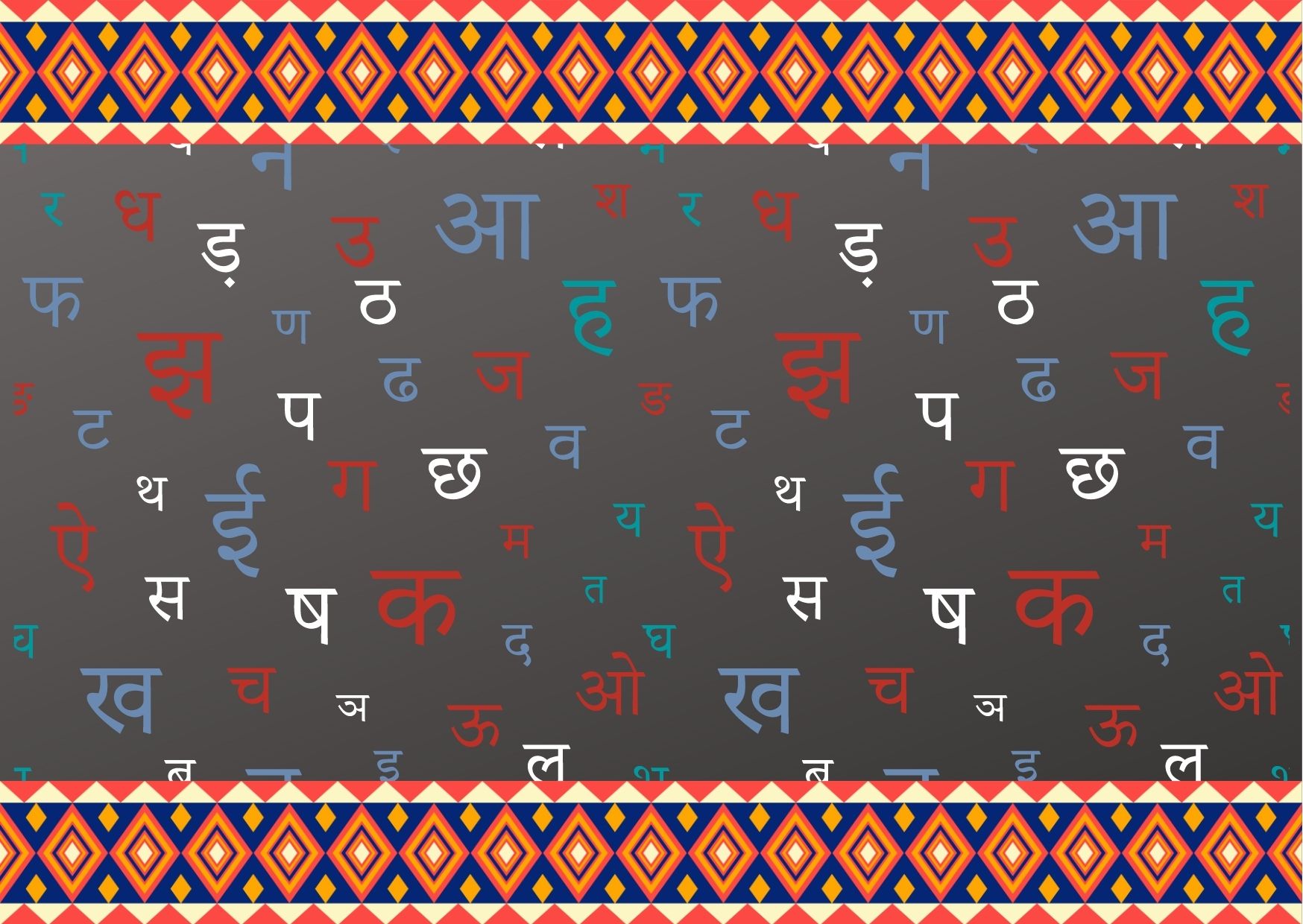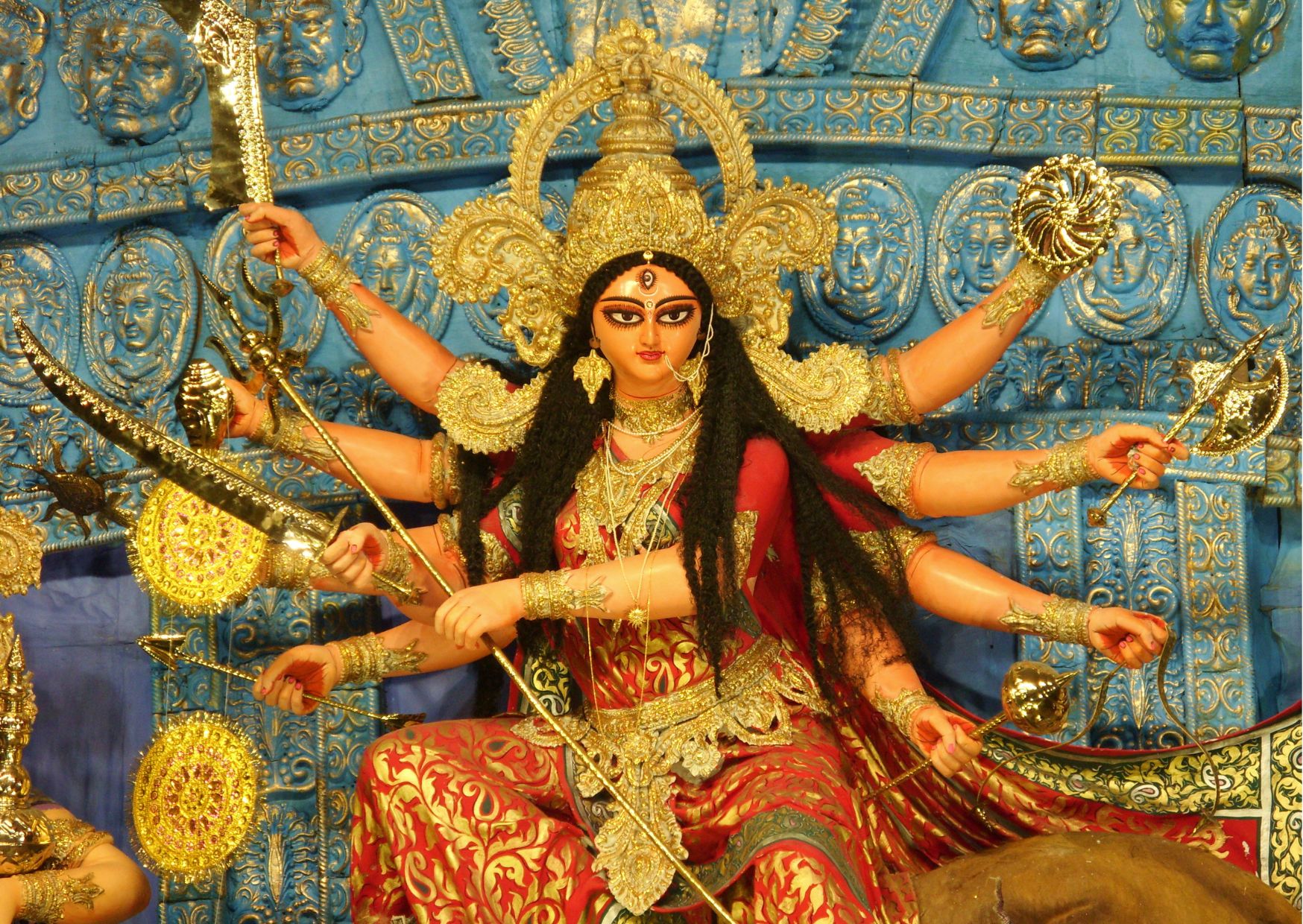Seven Unique Features of the Devanagari Script
Exploring the Versatile Writing System Used in Hindi, Sanskrit, and More
What is common between Hindi, Marathi, Nepali, and Sanskrit? Is it the words? The grammar? Or the syntax? The most common feature of these languages is that currently, they all use the Devanagari script for their written form. The Devnagari script is ancient and is known for being able to spell almost any sound. As per Encyclopedia Britanica today, over six hundred million people use Devanagari script. Let's see how many of these features of the Devanagari script you are familiar with:
It is a syllabic alphabet:
The Devanagari is a smart little script. It's a syllabic alphabet. In English, the alphabet L is called El, but it doesn't give the El sound, it gives the l sound. The alphabet S is called Es but it gives the ss sound. C is pronounced see and K and it could give any of the two sounds. W is called double-you and it gives the V sound. But in Devanagari, each alphabet is named as per its sound, the name of an alphabet or akshar is not different to its sound. क ख ग घ will always sound ka kha ga gha. This is extremely helpful to learners of Devanagri as it makes the understanding of the sound, pronunciation, writing, and reading of Devanagri quite precise and confusion-free.
It is written from left to right:
It's written from left to right, just like English and many other languages, making it a breeze for those who are familiar with left-to-right scripts to pick up reading and writing in Devanagari.
It has a large number of characters:
Devanagari has 48 characters (34 consonants, 10 vowels, and 4 diphthongs) that consist of vowels, consonants, and diacritic marks which render the Devanagari script great versatility and enable its use for transcribing a broad spectrum of sounds.
It has a unique way of representing vowels:
Diacritic marks placed above or below the consonant are employed in Devanagari to indicate vowels, which simplifies the process of reading and writing words with multiple vowels.
It has a distinct ligature system:
The Devanagari script features an exceptional ligature system, permitting the amalgamation of two or more characters into one character, aiding in conserving space and increasing the script's efficiency.
It has a rich history:
Dating back to the 7th century AD, the Devanagari script boasts a fascinating history and has been employed to transcribe some of the world's most renowned literary works, such as the Mahabharata and the Ramayana.
It has cultural significance:
Not only is the Devanagari script an intricate writing system, but it also holds significant cultural value. It frequently appears in religious texts and is revered as a sacred script in Hinduism, Buddhism, and Jainism.
In conclusion, the Devanagari script is a distinctive and adaptable writing system that has been employed for centuries to transcribe several languages. Its distinct attributes make it uncomplicated to read and write, and it boasts a fascinating history and cultural importance. At Language Curry, you can study numerous languages employing the Devanagari script. Nonetheless, if you are unable to read Devanagari, you can still learn Indian languages via English by downloading Language Curry, which offers the joys of gamified language learning.



